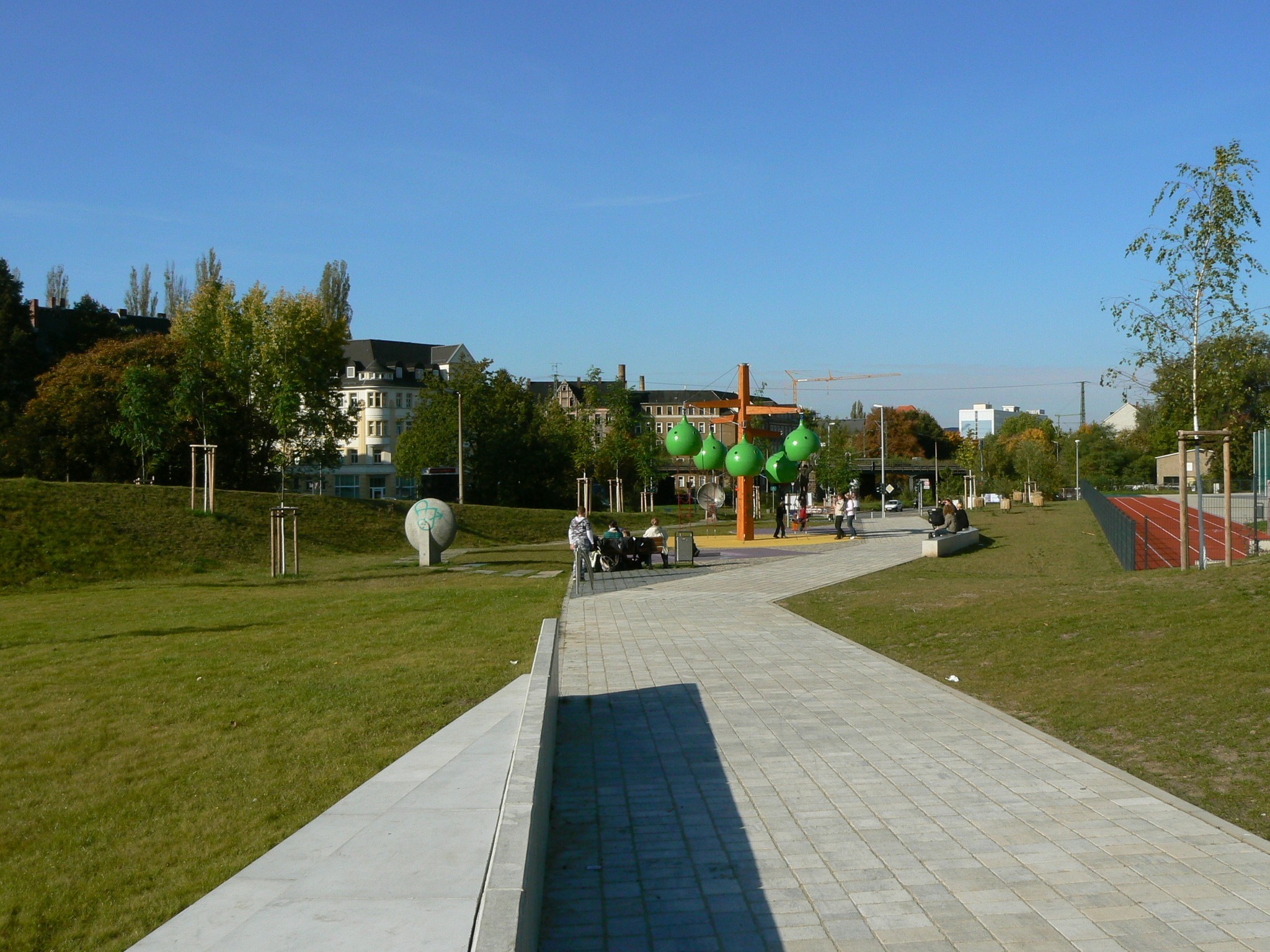
The City of Chemnitz in Saxony (Germany) is an intermediary city with an area of 221 km² and 247,721 inhabitants. Major building activity has been taking place in Chemnitz’s centre since 1999 filling the vast open space left by WWII destruction and post-war demolition.
Chemnitz has a high average inhabitant age of 47, and a diverse population with different expectations for city development and public space usage. Climate change poses challenges to the city’s population, infrastructure and ecological structure.
The 2009 “Green and Open Space” concept (part of the city’s urban development concept), guides the development of ecological and social connectivity in Chemnitz. The concept aims to create a sustainable living space for the residents by catalysing the potential of the open landscape on the outskirts of the city and the green spaces within urban area. The new 2020 urban development programme emphasises the role of urban green for social cohesion and quality of life. The city has designated several nature protection areas, has renatured sections of its waterways in the inner city and designed a number of brownfields as green spaces. In 2017, the city received a European Climate Award for its adaptation efforts, which have been ongoing since 1993.
The INTERLACE project goes hand in hand with Chemnitz’s work on its masterplan for urban nature. Through its participation in the project, the city wants to learn how other cities approach the issues of preserving and expanding urban nature; define specific areas of intervention in the city and understand how to implement restorative NBS to achieve its goal of being a liveable, resilient and inclusive city. Chemnitz intends to learn about and test best practice approaches for governance for urban ecosystems, citizen engagement and awareness raising.
